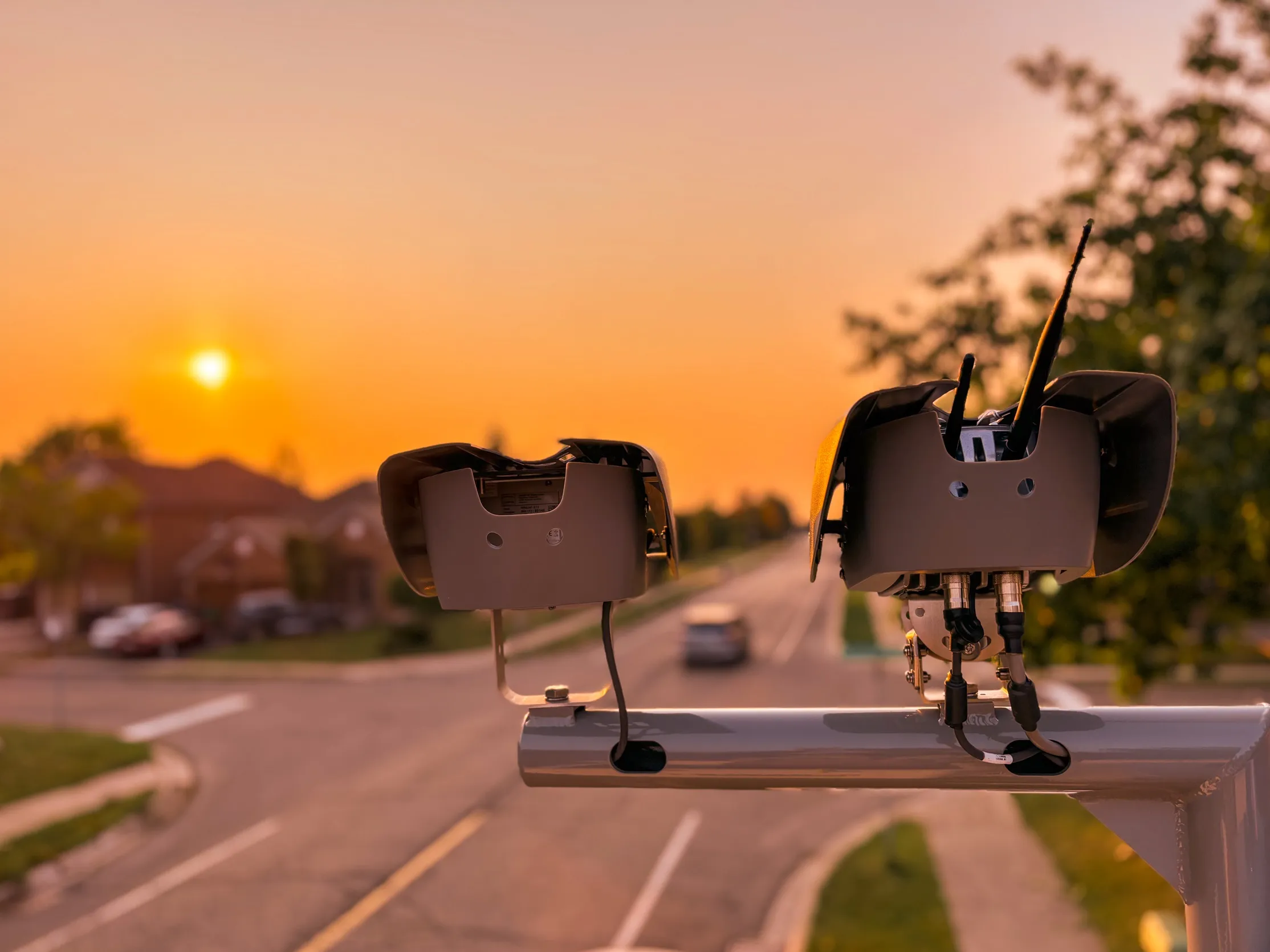Average Speed Check Signs are also being used throughout the route to ensure that drivers are aware that their speed is being monitored. Additionally, Vector (Infrared) floodlighting provides night time images, even when there is no visible street lighting.
Under a single contract, eight individual routes are being addressed, covering 45km of road.
Inspector Kevin Evans, Lancashire Constabulary, said: “In the last 7 years two families have lost loved ones in accidents on this road, 13 people have been seriously injured a further 105 people have received minor injuries. This is why we have worked with the Road Safety Partnership to make sure motorists slow down and reduce the risk of death and injury and ensuring the speed limit is effectively enforced.”
Lancashire's Police and Crime commissioner Clive Grunshaw, said: "Evidence shows that speeding is a major factor in road deaths and serious collisions, with careless drivers putting their own lives and the lives of others at risk.
"These cameras on Grane Road will, like the others being placed across the county, make Lancashire's roads safer, help to save lives and prevent further victims from receiving life changing injuries.”
Jenoptik’s 100th Specs operation goes live on Grane Road
Jenoptik’s Specs Average Speed Enforcement Cameras have been installed between Junction 5 of the M65 near Belthorn though to A56 at Haslingden, following The Lancashire Road Safety Partnership’s plan to reduce casualties and collisions across chosen routes. The cameras are also designed with the intention of influencing driver behavior to create smoother traffic flows. Average Speed Check Signs are also being used throughout the route to ensure that drivers are aware that their speed is being monitored.
November 8, 2017
Read time: 2 mins









